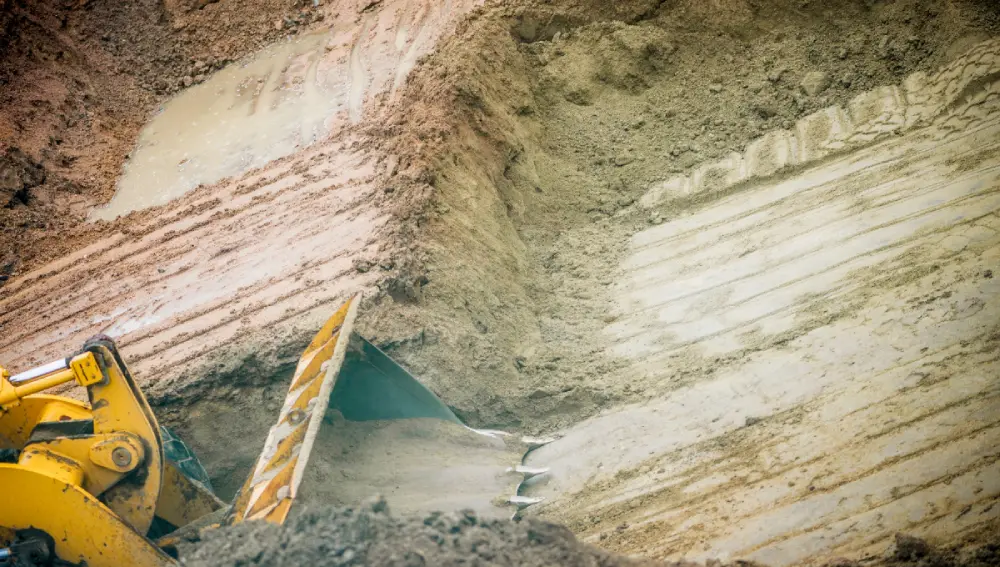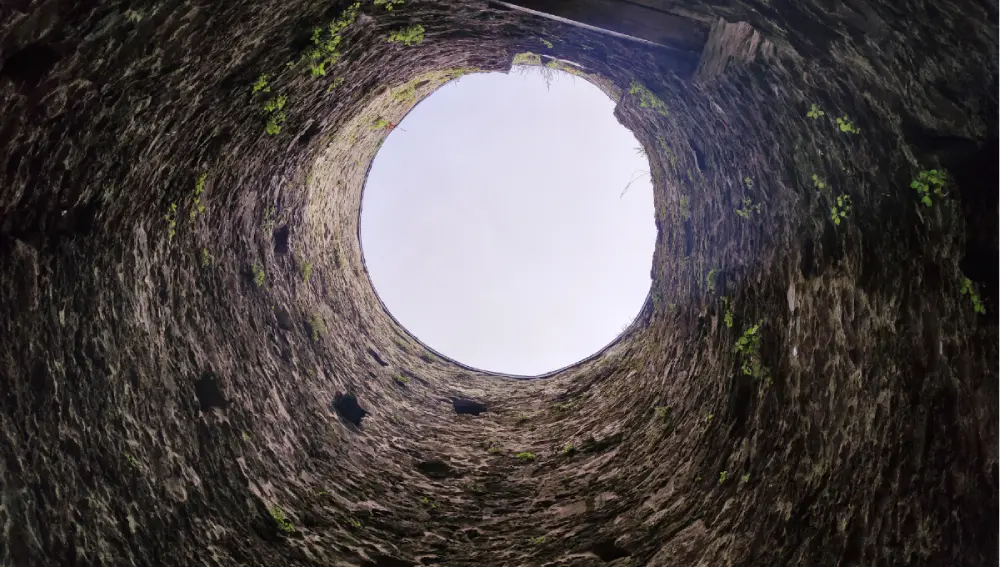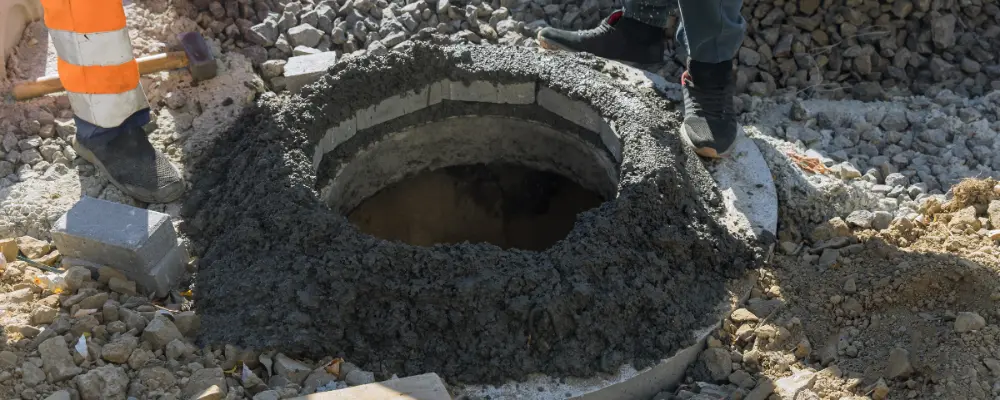It’s a big box-like watertight structure used in constructing a solid foundation where the ground may be soft or underwater. More specifically, let’s examine what a caisson shaft is, how it’s made, and why it’s so important in construction.
Caisson Shafts – Understanding the Meaning

The caisson shaft is a type of deep foundation that is commonly used in the construction industry. Now, imagine constructing a skyscraper, a bridge, or even a dam. For these structures to stand tall and never sink, they need strong structural support from the foundation. But what if the earth is too soft or the base is water? That would be when caisson shafts are most useful.
A caisson shaft is a massive ,cylinder made of concrete, metal, or wood. The cylinder is sunk into the ground deep—-most of the time below the level of water—-to provide a proper foundation for large structures. The term “caisson” itself is derived from a French word meaning “box” or “case,” which might give an idea of how the caisson will act as a protective box around the foundation.
Types of Caisson Shafts
There are many types of caisson shafts, each used under different site conditions. The most frequent are:
Open Caisson:
- This type of caisson is open at both the top and bottom during placement into the ground. Labourers remove soil from inside the caisson as it is lowered into the ground. The top and bottom are sealed with concrete once the required depth is reached.
- It is generally deployed in shallow water or on soft ground.
Pneumatic Caisson:
- This type is mainly used in very deep water
- It allows workers, digging inside the caisson, to keep water and mud outside by means of air pressure.
- This type is normally employed for constructing bridges and tunnels.
Caisson Box:
- The box caisson is a prefabricated concrete box which is open at the top and is sunk into place. It is then filled with concrete and the top is sealed with RCC.
- This is usually employed in the building of foundations where the ground is firm but needs extra support.
Construction Process of Caisson Shaft
Building a caisson shaft is done in stages, and this demands meticulous planning. Here’s how it’s usually done:
1. Planning and design:
According to the condition of the soil, depth required, and structure that it is going to support, the caisson shaft is designed by structural or civil engineers.
2. Excavation:
Ground preparation involves excavating the place, depending on where the caisson shaft will be set. In the case of open caissons, it is simply an excavation into the earth or seabed.
3. Caisson Sinking:
The caisson is gradually sunk into the hole. In pneumatic caissons, air pressure pushes the water and mud away so that digging from the inside may continue.
4. Removing Soil:
Workers remove the soil from inside the caisson as it settles down deeper into the ground. The process is repeated until the caisson reachesd a solid layer of earth or bedrock.
5. Bottom Sealing:
When the caisson has reached the proper depth, the bottom is capped with concrete to keep out water and mud.
6. Filling with Concrete:
It is filled with concrete to make the caisson solid. Thus, it acts like a base that forms the foundation for the structure to stand.
7. Final Adjustments:
The top of the caisson may be trimmed or otherwise adjusted to suit the rest of the construction project if needed.
Why are caisson shafts so important?

The importance of caisson shafts in construction is that they give stability to those structures built on soft ground or underwater. Were it not for caissons, then buildings and heavy bridges might collapse, sink, or tilt over. They are especially important in places like rivers or oceans, or even areas with loose soil, where traditional foundations would never work.
Advantages of Using Caisson Shafts
- Strong Foundation: The caisson shafts give a very solid foundation on which very heavy structures can be carried.
- Versatile: They can be used for many different applications: underwater, and in loose soil.
- Long-lasting: The structures that are built on caisson shafts are stronger and less plagued by problems associated with sinking or tilting.
Challenges Using Caisson Shafts Complex Construction:
The main disadvantage is that caisson shaft building requires specialized equipment and workers, making this method more complicated than others.
- Cost: Caisson shafts can be more expensive to construct because of the materials and labour involved.
- Environmental Impact: Construction of caisson shafts, which in most cases can be in water, affects the environment negatively, and this impact needs to be managed with due care.
Conclusion
In many instances of construction, especially those on soft soil or underwater, caisson shafts turn out to be very helpful. These constructions support buildings, bridges, and other heavy structures to ensure that they remain stable and are durable By understanding these different types of caissons and the processes involved in their construction, one can appreciate the engineering behind some of the world’s most impressive structures.
FAQ
A caisson shaft serves as a solid foundation for structures built on soft soil or underwater. It aids in supporting buildings, bridges as well as other heavy constructions by providing stability.
Unlike normal foundations, caisson shafts are huge water-tight structures that are often sunk into very deep or unstable ground underwater or in places where the soil is loose.
The primary types of caisson shafts include open caissons, pneumatic caissons, and box caissons. Each category is used in particular instances such as where there is either shallow water, deep water, or firm ground.
The use of air pressure in pneumatic caisson shafts helps to keep water and mud out while the caisson is being transported underwater. This is especially important when dealing with deep water or extremely loose soil where it would not have worked with traditional means.

